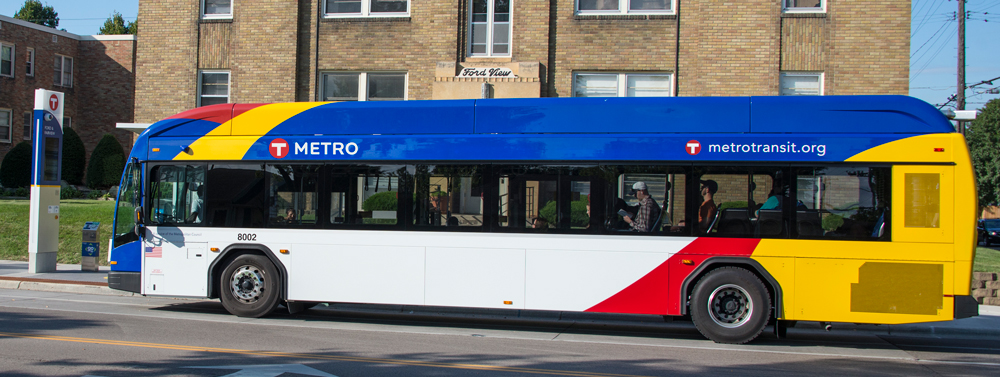Even if the time savings with the elevated option is just a couple minutes, it still significantly improves reliability. When I worked at Metro Transit I noticed the on-time performance for the Green Line was similar or slightly worse than regular buses and aBRT. Also how much time is lost when a Green Line train hits a car or pedestrian, or when a car gets stuck on the tracks? It all adds up, and to me the elevated option is worth it to make it reliable and prevent conflicts with traffic and pedestrians.At-grade versus tunnel/elevated along the most constrained part of Broadway is probably a time difference of a couple minutes at most. At-grade allows the street to be better served for peds and transit users while a grade separation really only serves to keep the status quo.
As for Fremont and Emerson, I think that changing both streets to two-way operations and making Fremont more of a bus street and Emerson more of a car street could solve the transfer problem.
I feel like there's some opportunity to take parking lots from the strip malls or some of the vacant land to expand the ROW where possible to accommodate parking and/or turn lanes.
Lastly, I think routing along 21st east of Knox should be reviewed as it may address some of the concerns about Broadway. It can easily be closed to trains only, but it pushes transit about 400' off the main street.
I don't see how the elevated option keeps the status quo when it appears the at-grade and elevated options both have a single travel lane in each direction. The only difference with the elevated option is the ability to include left-turn lanes, and perhaps include parking spaces where there aren't columns so businesses along Broadway will, in theory, be more supportive of this.
